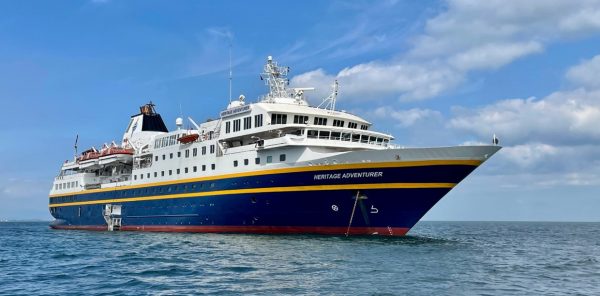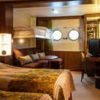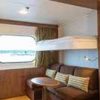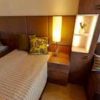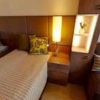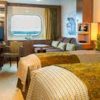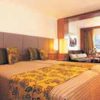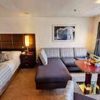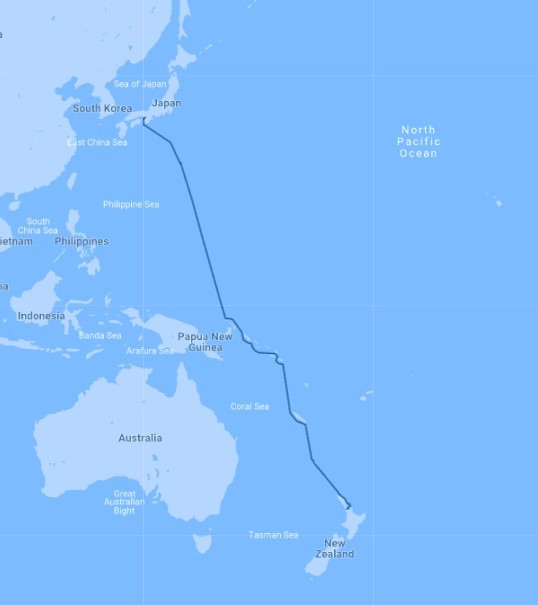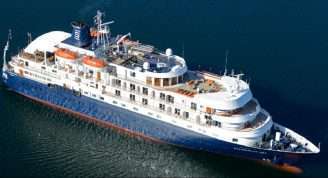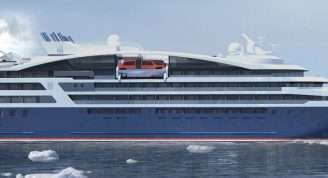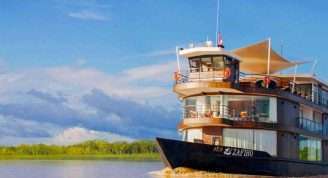Description
Known in birding circles simply as the ‘WPO’, this expedition incorporates many of the key birding areas in the South West Pacific. First offered in 2007, it is now considered one of the ‘must do’ expeditions for any birder because of its opportunities to see some of the rarest pelagic seabirds in the world, plus many island endemics. But it is not just for ‘birders’, the cetacean list can only be described as outstanding, while there is also so much more to enjoy for anyone interested in taking a leisurely expedition cruise through a transect of the Pacific Ocean. Remote beaches, glowing tropical sunsets (with maybe a green flash or two!), flying fish, towering tropical rainforests and wild and remote oceans just to name a few. This season guests have the option to disembark in Kavieng, Papua New Guinea, or continue on a specially priced extension through to Japan.
After departing Auckland, New Zealand, we sail for the rich waters of the Hauraki Gulf where there are numerous speciality seabirds, including the New Zealand Stormpetrel. From there it’s northward to Australia’s Norfolk Island with its endemic birds, Norfolk Pines and rugged shoreline. Our next stop is New Caledonia, one of the world’s most biologically interesting islands, where we search for the amazing Kagu and other endemic bird species in the Parc Provincial de la Rivière Bleue/Riviere Bleue.
Heading on through Melanesia we will call in at a couple of the largest islands, Guadalcanal and Bougainville, before cruising across the New Britain Trench, an area known to be extremely rich in cetaceans. As we sail along the coasts of Bougainville and New Ireland, we will look for two rarely seen seabirds: Heinroth’s Shearwater and the critically endangered Beck’s Petrel which was only rediscovered in 2007, both of which we have seen on almost all our previous expeditions in this region.
Following a further stop at Kavieng, Papua New Guinea, guests have the option to disembark or continue on our extension sailing northward all the way to Japan. We will arrive at the Bonin Islands south of Japan; our route will take us to Chichi-jima, the largest island in the archipelago and where we have observed the critically endangered Bryan’s Shearwater. We then intend to backtrack slightly to Haha-jima to look for the weird Bonin White-eye and resume our northwards journey to Tori-shima Island where we hope to get great views of the Short-tailed Albatross before we arrive at our last port of call in Osaka, Japan, where our voyage concludes.
This expedition is accompanied by some of the best pelagic birding guides in the world who have extensive experience of the seabirds of the West Pacific and have visited the islands we will be landing on multiple times. Birding starts at dawn and finishes at sundown. Our guides are there throughout the day to assist you and the ‘reading of the bird list’ each evening is legendary for its detail and discussion. This is one birding expedition you can’t afford to miss.
Guests have the option to disembark after 15 days in Kavieng, Papua New Guinea, or continue on to Osaka, Japan, for the full, 25-day voyage on a specially-priced extension.


